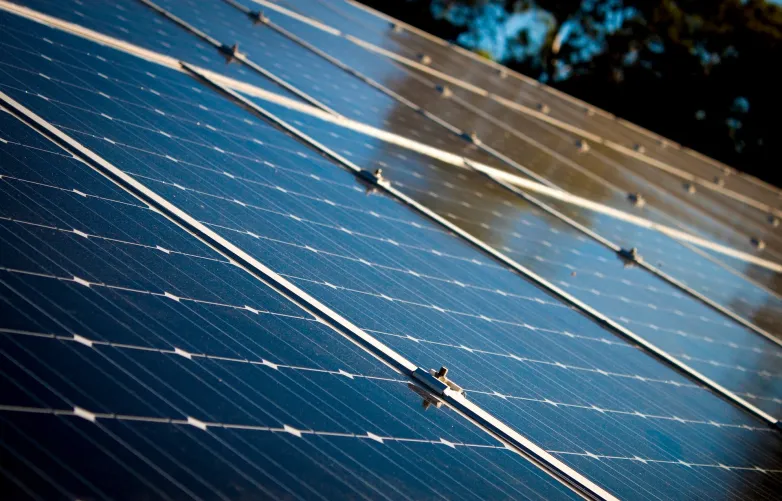The best models for predicting solar cell performance
- A research has been conducted to select the optimal math model for prediction of photovoltaic panel performance in different ambient conditions.

The researchers have compared accuracy of the math models used for evaluation of photovoltaic panel efficiency under various conditions. The scientists were analyzing the models for prediction of IV curves of solar devices, which is a graph representing the correlation between current and voltage.
The most widespread models include 3-, 5- and 7-parameter versions. The first one is the simplest basic model; the second one takes into account such characteristics as shunt and series resistance; the most advanced tool takes into consideration irradiance and temp variations.
The modeling tools’ performances were analyzed for different types of photovoltaic modules: CdTe, CIGS and a-Si thin film, as well as c-Si wafer based panels.
All the three systems provide reasonable prediction of current-voltage characteristics under conditions close to STCs. However, under high temp and low irradiance, the tools do not perform accurately.
According to the research findings, the basic tool overvalues the MPP (and consequently the performance) of the modules evaluated. The 5-parameter version predicts the current-voltage curve for thin film panels under various irradiance conditions more accurately. However, the results provided by the tool under low irradiance are not satisfactory.
As for the most complicated 7-paremeter system, it has performed best for wafer-based panels. The better accuracy of the tool is explained by consideration of low irradiance, which reduces overestimation to 11.5 percent. The model does set the power prediction too high, anyway it is more suitable for predicting the efficiency of crystalline silicon cells than other modelling options.
Also read

